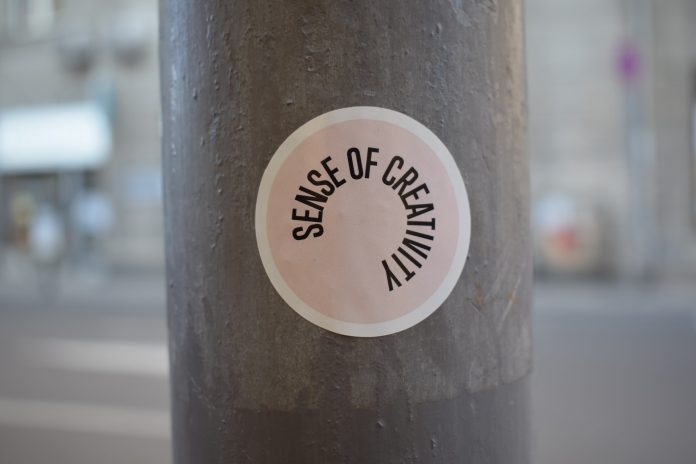In order for products, and their packaging, to be easily identifiable and traceable, they require implementation of an integrated label applicator. A vast number of industries are served by labelling machinery that can create labels on bottles, cartons, cases, and pallets, in a fast, accurate and efficient manner.
Labelling systems are designed to automate the process of printing and attaching labels to products, so that your business can increase productivity, while minimsing human error and reducing cost.
Label Machine Uses
A label applicator does far more than decorate your product with an adhesive label. They are also capable of creating images, texts and graphics like barcodes, 2D codes, batch codes, logos and expiration dates. Labels promote the product brand and provide information that consumers need to know. Within the supply chain, labels facilitate traceability and tracking.
Types Of Labelling Systems
Labeling machinery automation is available on two different levels:
A semi-automatic labelling applicator requires an operator to position the product on the labelling platform, and to activate the applicator. The labelling machine senses the product, and applies the label accordingly. Once the process is complete, the operator will need to manually remove the product.
Automatic labelling machinery requires minimal human intervention. It uses an inline configuration and a conveyor system that transports the products. The pre-printed labels are accurately attached with pressure-sensitive adhesive (PSA) while the product is transported along the conveyor. This labelling applicator is ideal for businesses with high production volumes.
Label Machine Dispensing Methods
Not all labelling systems operate in quite the same way…
When non-contact air-blow label applicators sense the product, they generate a vacuum of compressed air, which holds the label before applying it. The machine’s pneumatic solenoid valve then causes the adhesive on the label to stick on the product. This type of application is recommended for items that are fragile or odd-shaped.
Tamp-blow labelling dispensers also utilise vacuum pressure, in a similar manner. To ensure accuracy and consistency of the label placement, a pneumatic cylinder moves the label towards the product. The label is applied with a jet of compressed air. Products with uneven surfaces are best labelled using this method.
Wipe-on label applicators feature a roller that applies the label to the product as it passes through the applicator. To achieve accuracy, consistency and bubble-free labelling during contact application, the process must be synchronised.
Labelling applicator systems that rely on tamp action force the label against the surface of the product, thereby creating a seal. It’s the ideal application method for labelling products that have a rugged surface.
Labelling System Types
Front-back labelling systems utilse two labelling heads that are positioned face-to-face, and are designed to seamlessly and simultaneously apply labels on the front, back and sides of the product.
Top and bottom labelling machines feature rotating rollers that apply the labels to top and bottom surfaces.
Wrap-around labelling systems maximise the lateral surface area of the product, and apply labels to the surfaces of cylindrical containers, like bottles and canisters.
Rotary labelling systems circulate products on a carrousel in order to present the correct side of the product for accurate labelling.
A semi-automatic label applicator requires human assistance to position the product and activate the labelling process.



 Bitcoin
Bitcoin  Ethereum
Ethereum  Tether
Tether  XRP
XRP  Solana
Solana  USDC
USDC  TRON
TRON  Cardano
Cardano  Lido Staked Ether
Lido Staked Ether  Avalanche
Avalanche  Toncoin
Toncoin